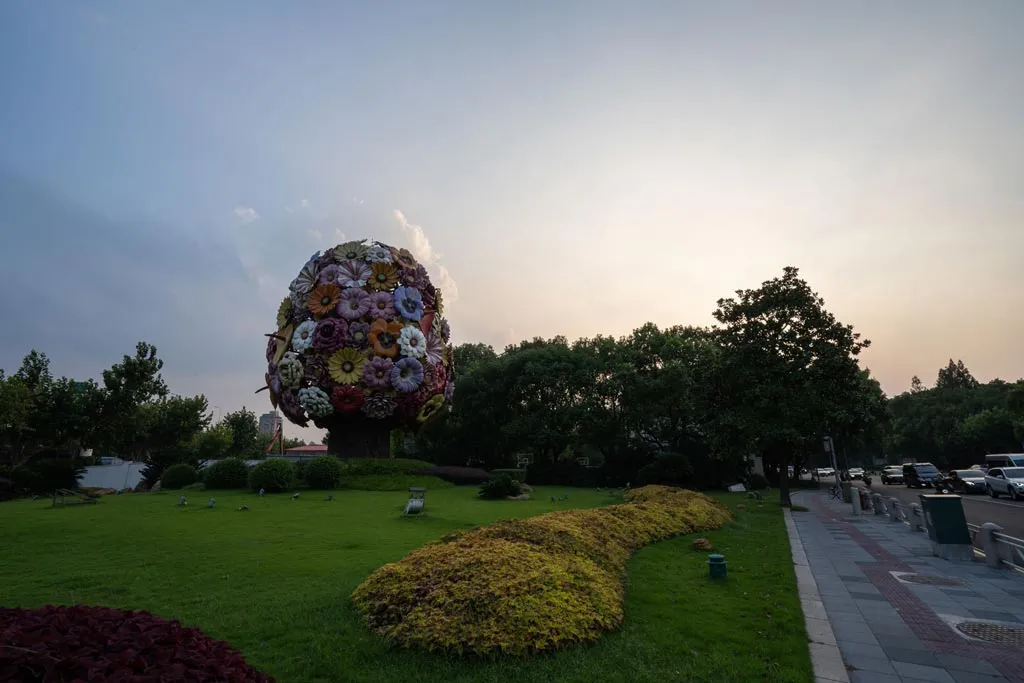The Changning District extends west from the downtown core. It lay outside the foreign concessions during the colonial era, and was a pioneer of urban redevelopment during the first stage of the city's re-opening during the 1990s.
Hongqiao's commercial core, Gubei 古北, has long been among the most highly-internationalized and expat-friendly areas of the city. Since Reform and Opening in the 1990s, the area has been especially favored by the city's Korean and Japanese communities, and this is reflected in its mix of cultural, recreational, and dining facilities. Hongqiao's 'Laowaijie' (or 'Foreigners' Lane', Lane 3338 Hongmei Road) is one of the city's favorite spots for international casual dining.
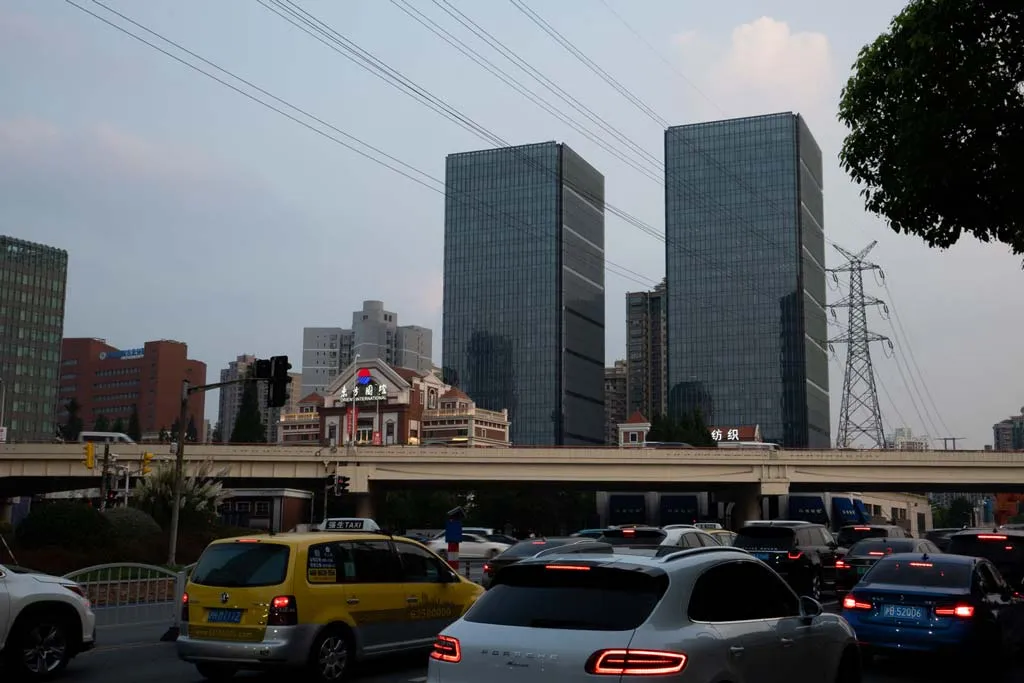
Office Buildings in Gubei
Shanghai Zoo 上海动物园, occupying the grounds of the city's colonial era golf course, is not only a zoological garden of world-class, but also one of the Shanghai's most beautiful parks. Like the city around it, the zoo has undergone impressive redevelopment over recent decades, and its recently re-fashioned animal enclosures successfully share the improvement in urban living conditions with its non-human charges.
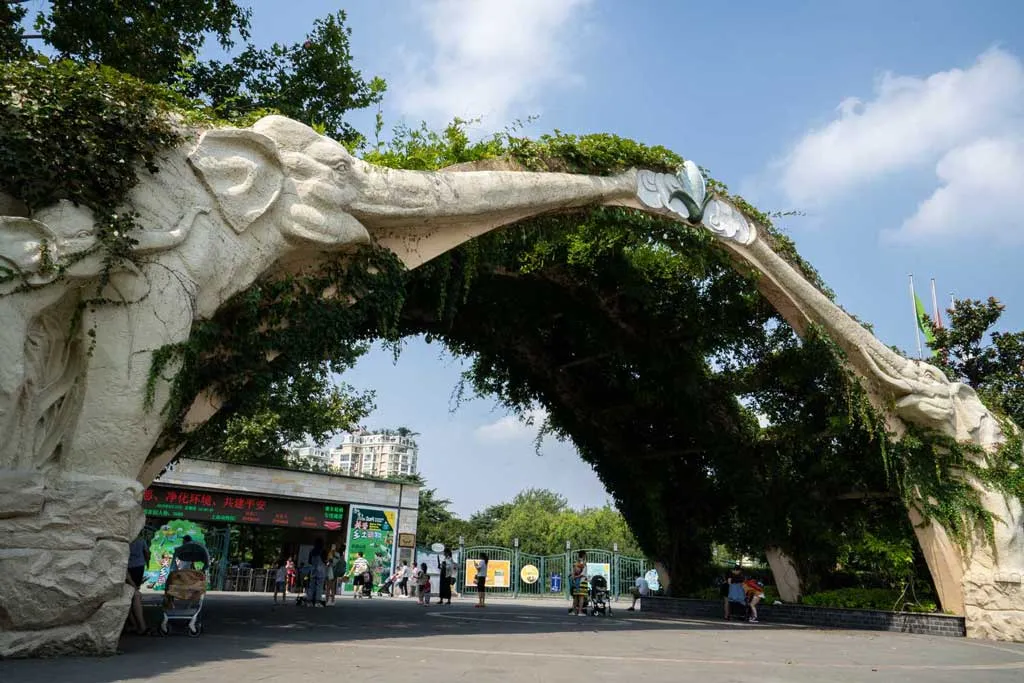
Shanghai Zoo 上海动物园
Shanghai's densest conglomeration of state-of-the-art transport facilities is found in Hongqiao, which serves as an important regional travel terminal. Hongqiao Airport manages the city's domestic flights (along with a few to nearby Asian countries). Within recent years, it has been integrated into the multi-modal Hongqiao Transport Hub, which serves as a junction for bus, metro, rail, and air connections.
Changning's Red Town 红坊 development (under reconstruction now, updated August 2019), on West Huaihai Road, was one of the city's most important art clusters. Centered on the Shanghai Sculpture Space, it hosted an ever shifting nimbus of galleries, Bohemian refreshment venues, and creative businesses.
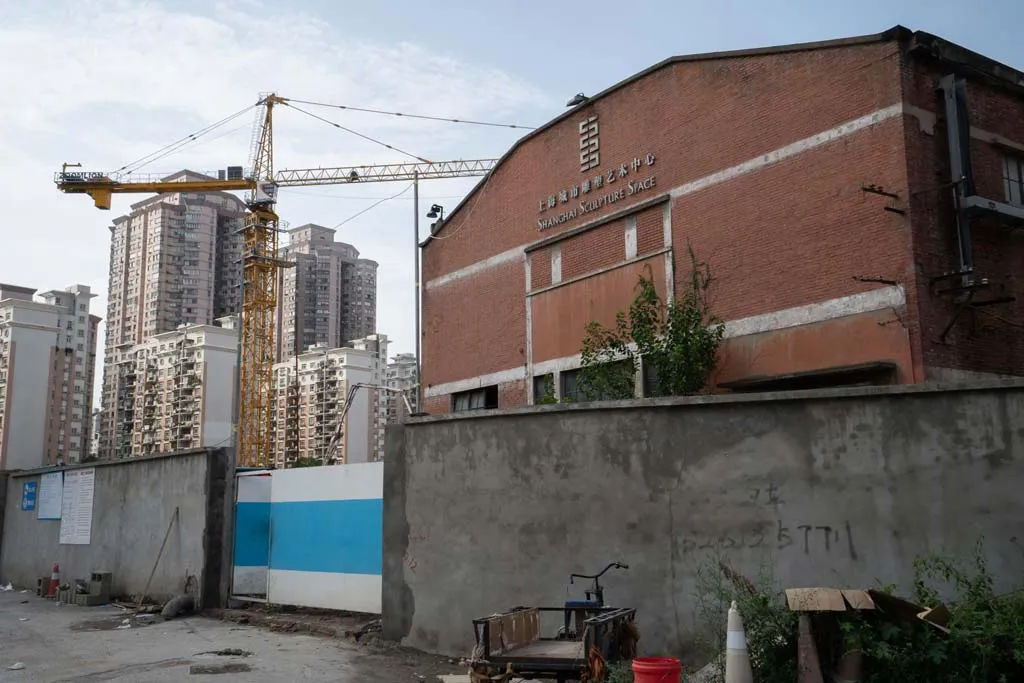
Red Town under reconstruction
Yuyuan Road 愚园路, connecting Jing'an Temple in the east with Zhongshan Park in the west, is one of the city's most charming thoroughfares, and – on its westerly stretch especially – includes some of Shanghai's most graceful historic residential architecture. The road contains no less than 45 protected sites of cultural heritage.
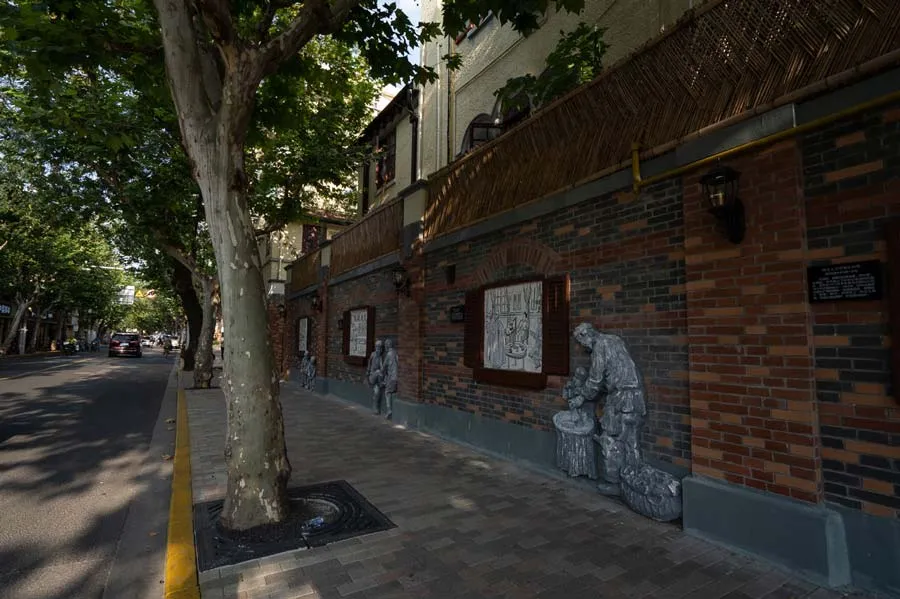
Carving on the wall - Yuyuan Road
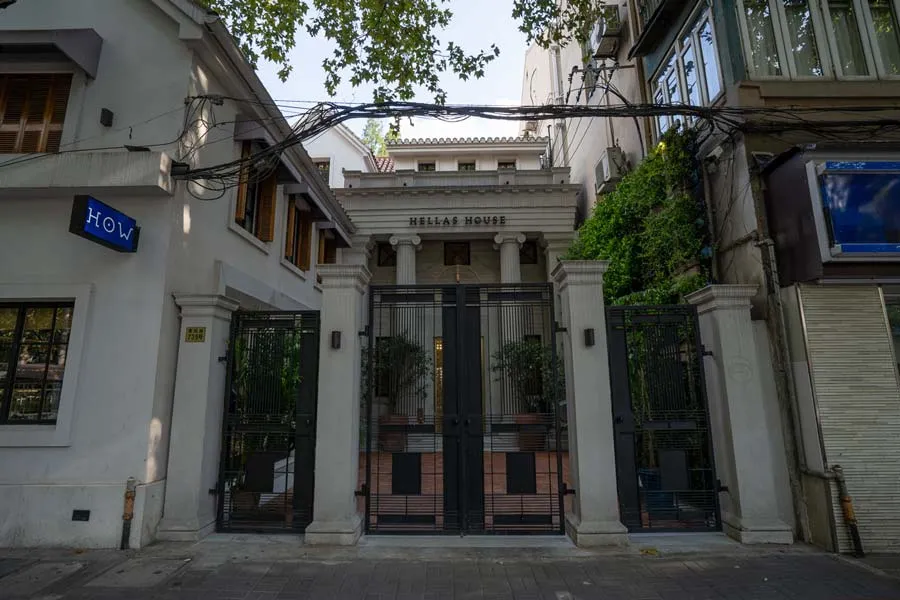
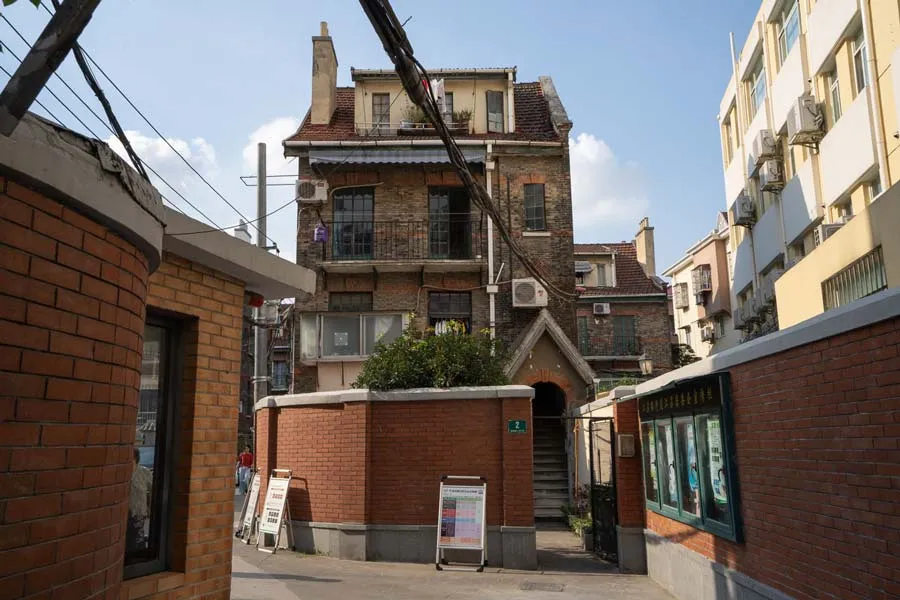
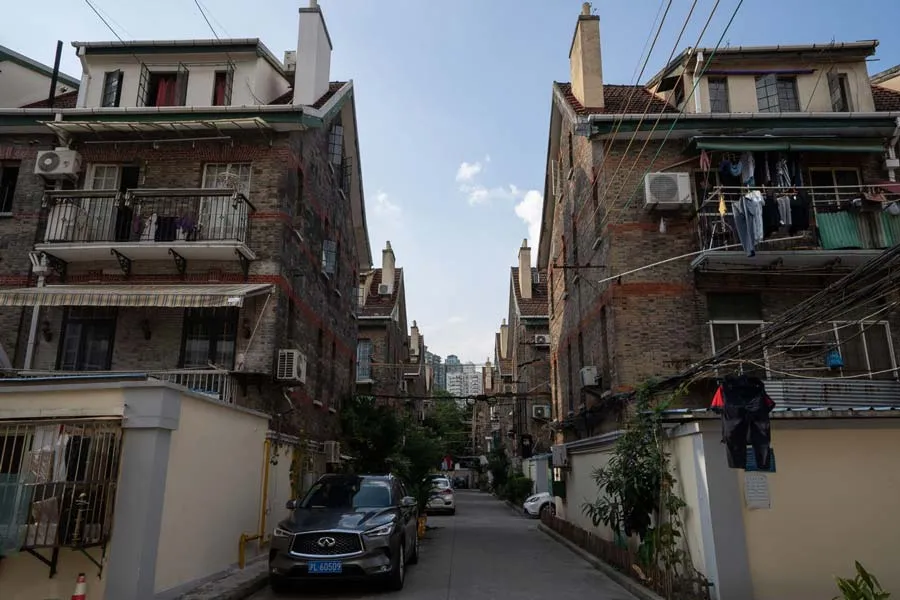
Historic residential architecture on Yuyuan road
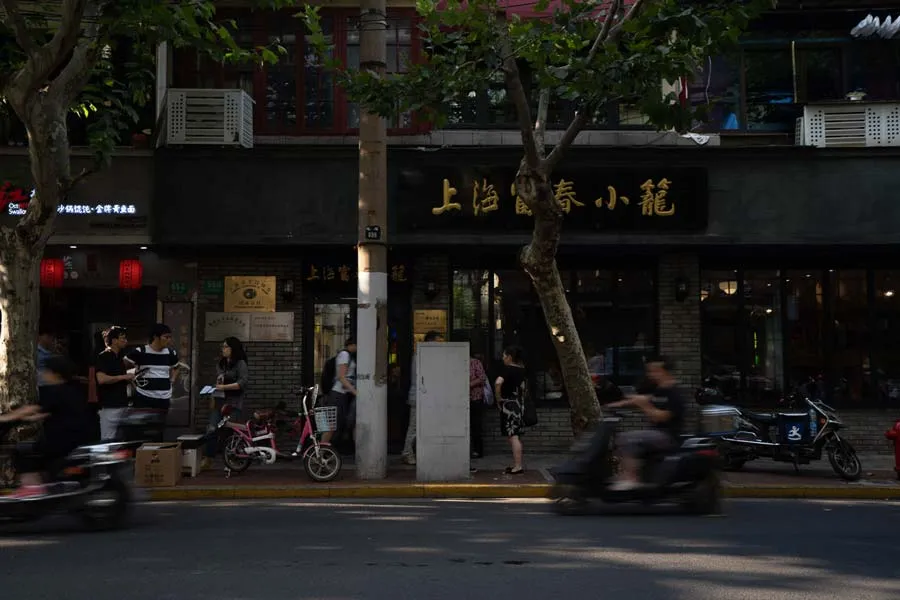
Fuchun Xiaolong - Restaurant on Yuyuan Road
Zhongshan Park 中山公园, developed from the Jessfield Park of the colonial era, and contains horticultural displays in a number of international styles. The Cloud 9 Mall, to the west of the park, is one of the most child-friendly venues in an unusually child-friendly city. Its main tower is a triumph of elegant contemporary architecture, whose dignified splendor is reflected in its nocturnal illuminations.
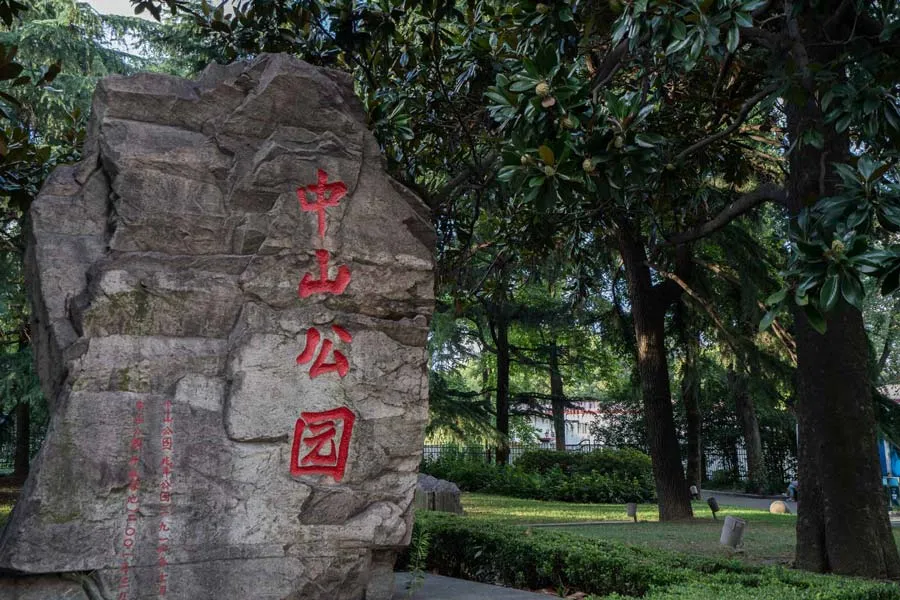
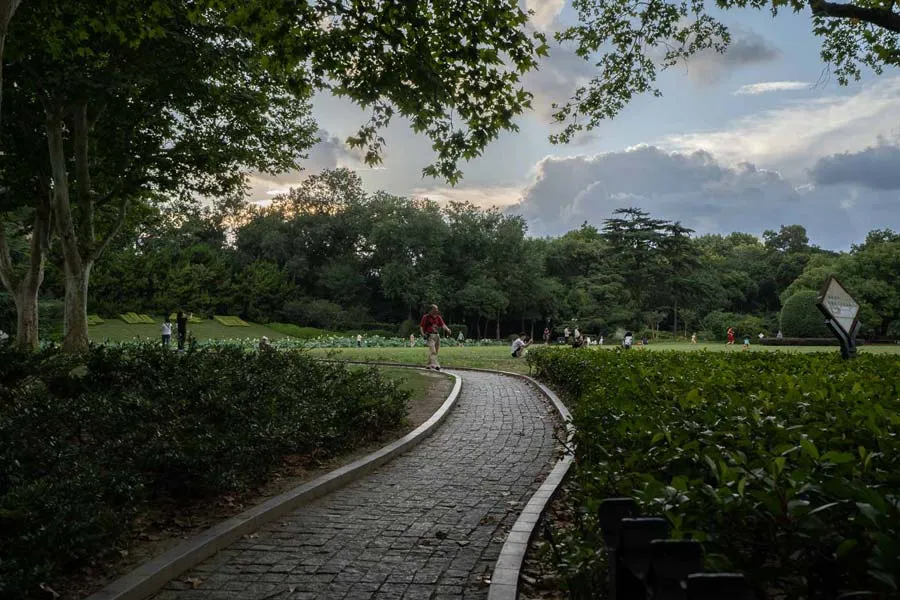
Zhongshan Park 中山公园
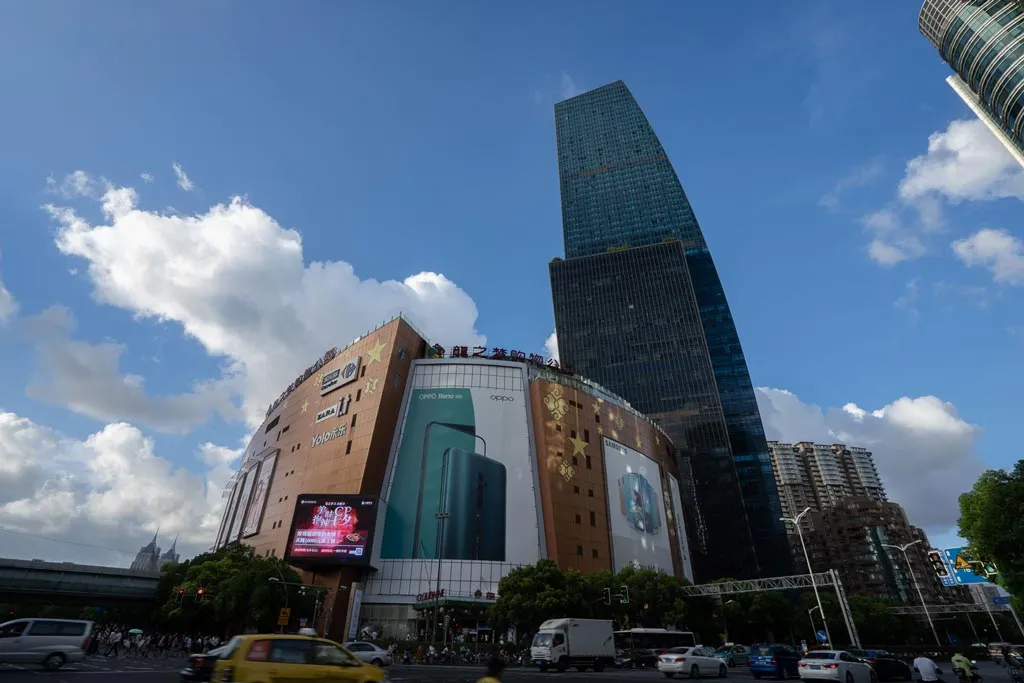
Cloud 9 Mall 中山公园龙之梦
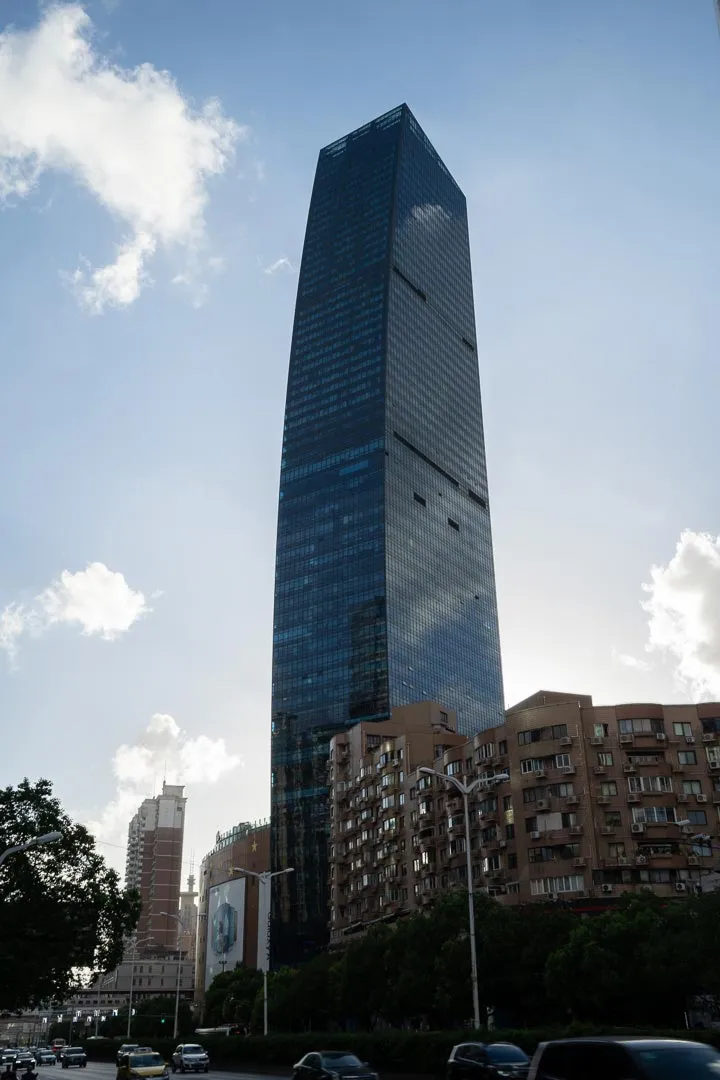
The contemporary architecture
